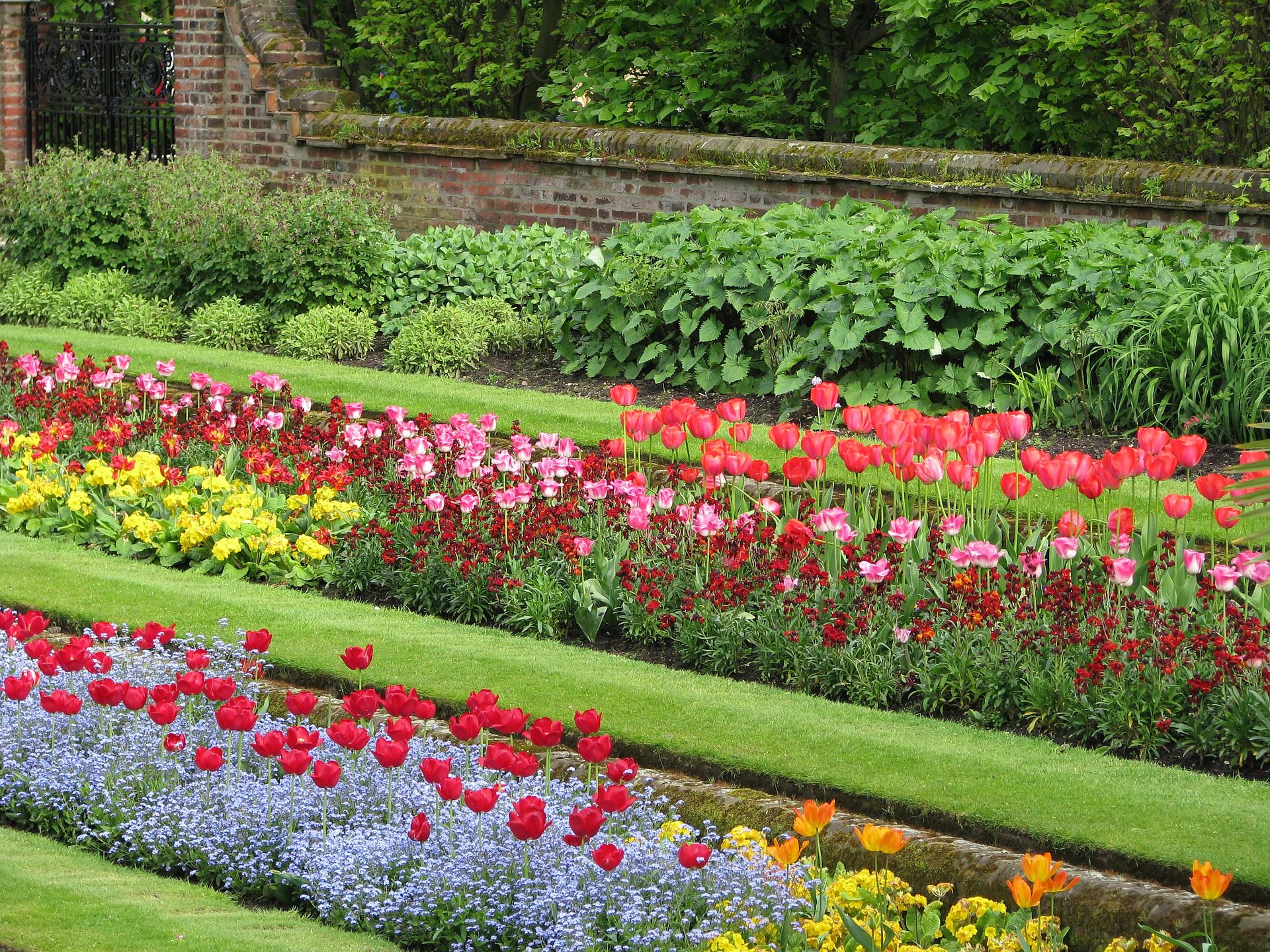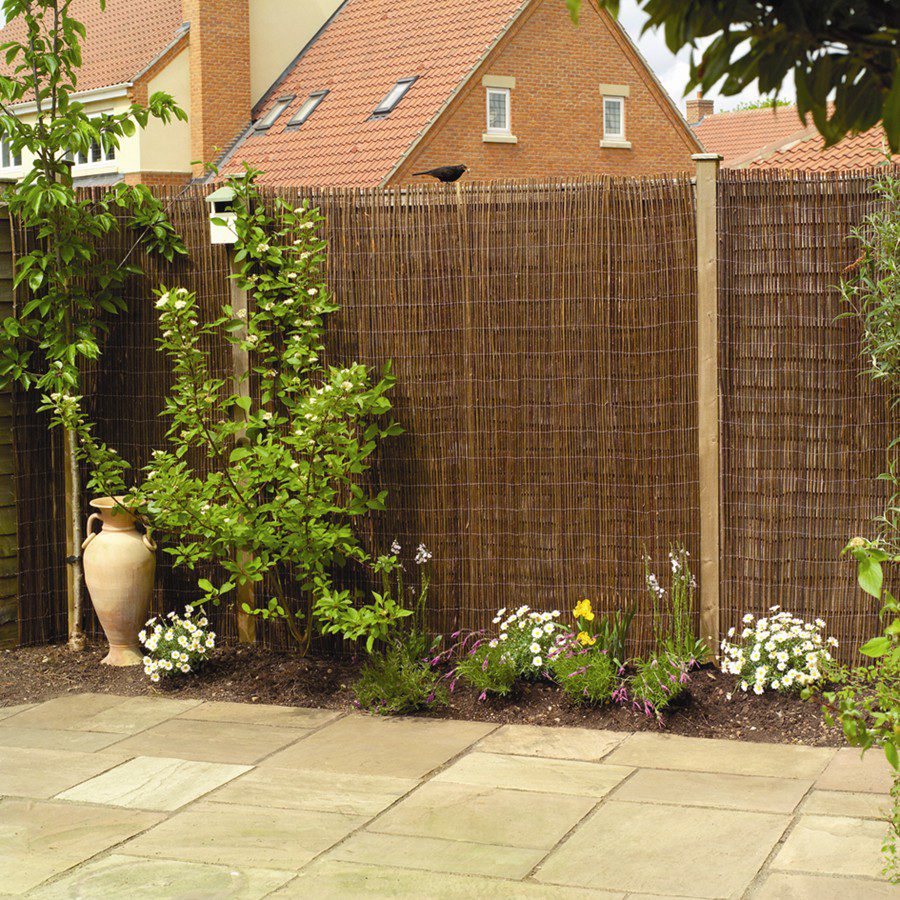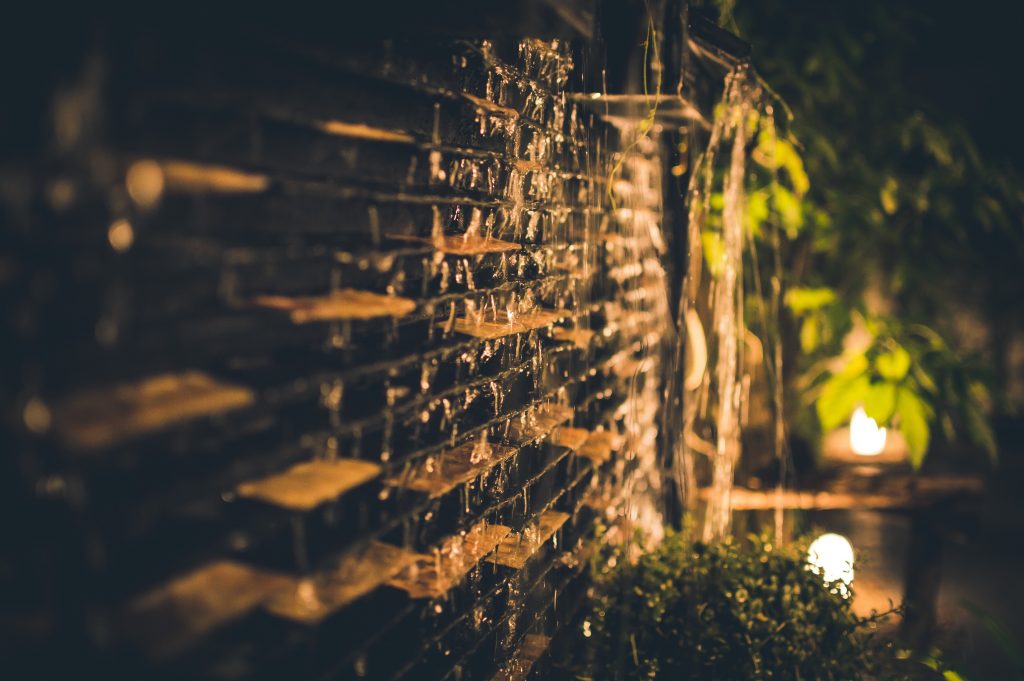Gardens are the envy of many people and certainly many neighbours. A pristine, well landscaped garden is something we all long for. However, it’s something that seems out of reach for so many, despite being perfectly within reach. To create a perfect flowerbed from scratch you don’t need any special skills, or even any previous green-fingered experience because we’re about to show you how.
Remove grass and unwanted vegetation
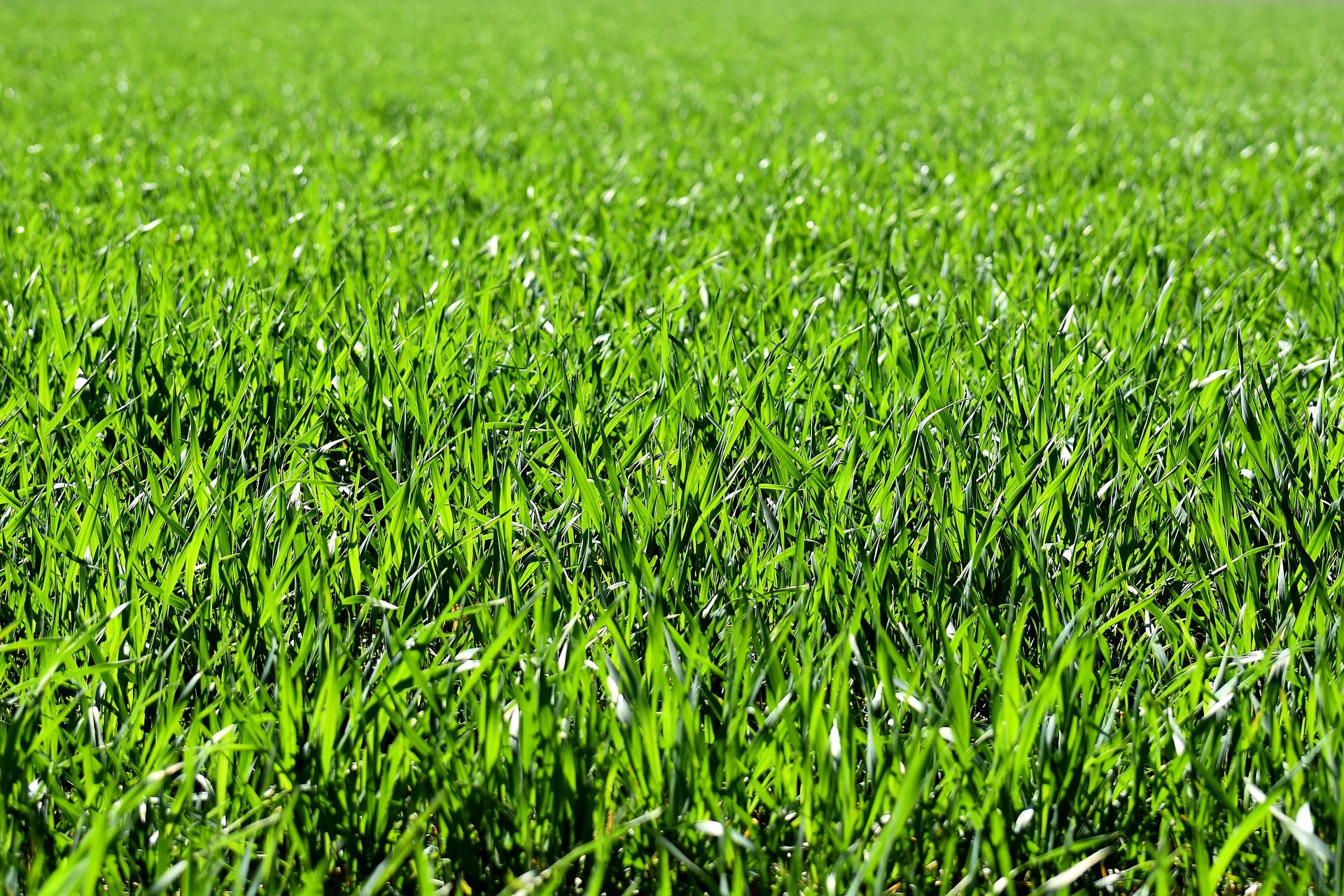
Once you’ve decided exactly where you’d like your garden bed to be, you need to remove all grass and vegetation in your way. More often than not, this will mean sacrificing part of your lawn.
If you’re reclaiming land from a wooded or overgrown area however, it could be slightly more difficult. Turning land from these parts into stunning flowerbeds can mean hours of manual labour so it might be best to hire a professional if this is something you’re considering.
Weeds
Weeds are a gardener’s worst enemy; for that reason, it’s really important to know what you’re dealing with. Despite your best efforts, weeds will continue to pop up again and again so you’ll need to be ready to deal with them quite regularly. As a result, the more knowledge you have, the better.
Weed prevention
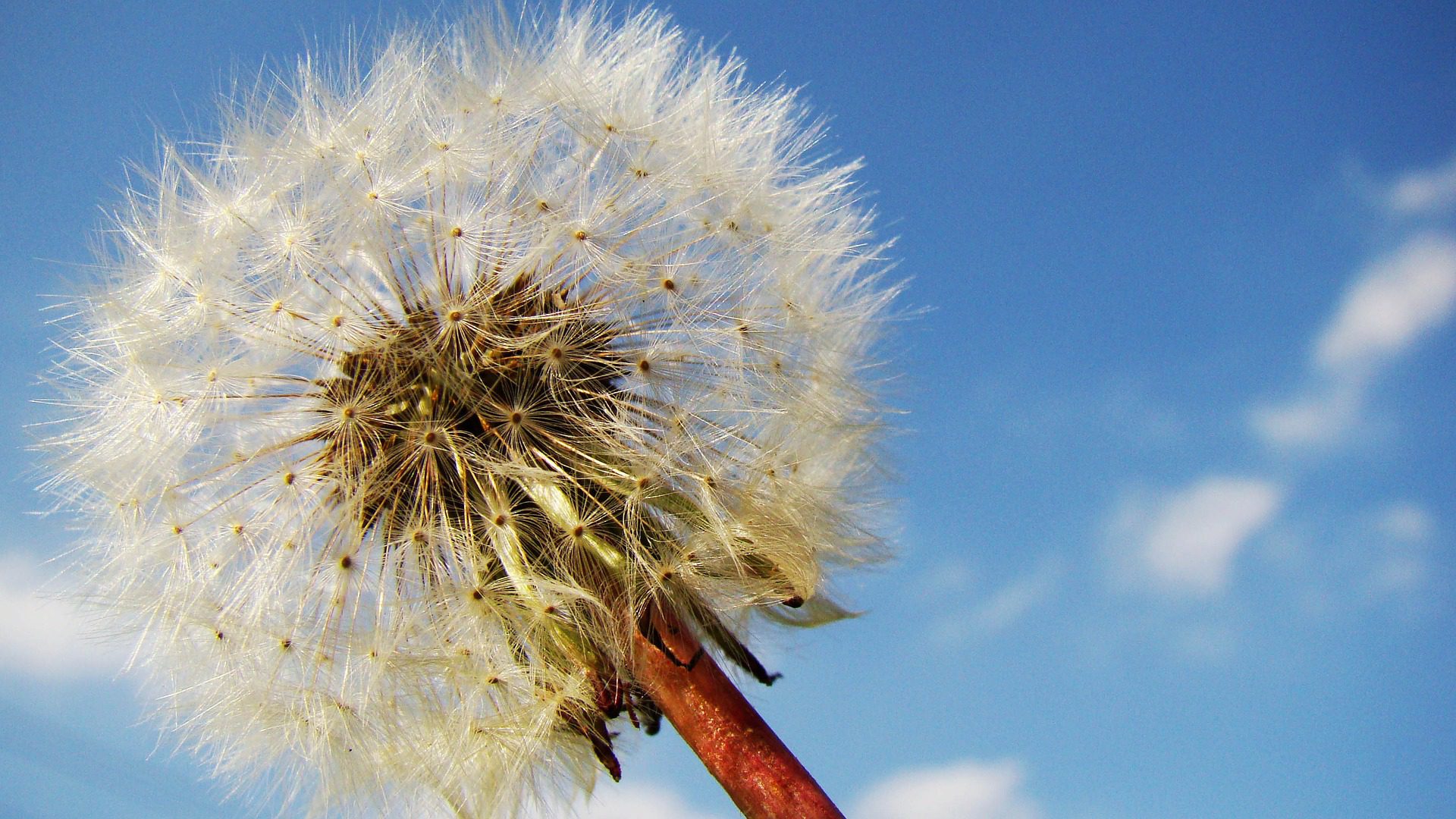
You can use a ground cover sheet to help minimise the growth of weeds. The sheet should be laid over planting areas when your soil is at its optimum (see next section) and holes can be cut into the fabric to allow plants to be inserted. The sheet prevents light reaching the weed seeds which prevents them from sprouting. However, the sheet is porous and therefore allows water to drain through to the roots of your precious plants. Finally, you can cover the sheet with compost, mulch and/or bark to keep your bed looking as good as possible.
Soil
For your new flowerbed to be a success you need to understand the importance of the soil within the bed. Problems with the soil can affect the health of your plants to it’s really important to ensure you give them the best start possible.
You should test the soil pH to ensure it’s at the optimum. Soil that is too acidic or too alkaline will be unable to grow plants successfully. You also need to make sure you have the right soil type for growing new plants.
Finally, to give your new garden an added boost add some compost – no matter how good your soil is.
Colour
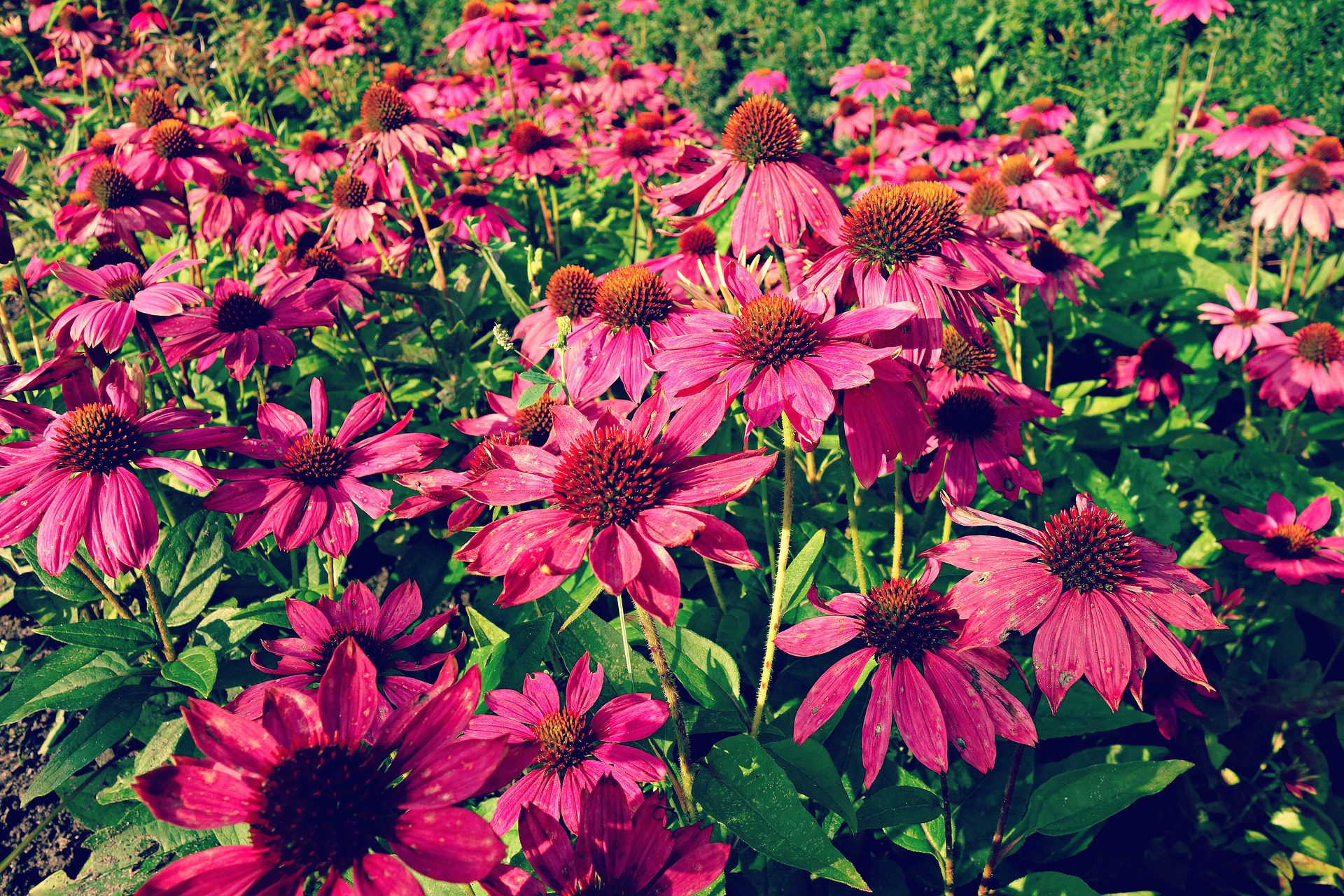
Although they’re great, there’s no need to have ambitions of creating a Chelsea-standard flowerbed just yet. The most important thing for most homeowners is adding colour to their garden and this is where your brand-new flowerbed comes into its own. Once you’ve decided on your colour, it’s time to think about…
Which flowers to plant
Now you’ve decided on your colour scheme, you’ll likely have some flowers in mind. However, it’s really important to understand plant types and which plants will thrive in the environment you’ve created.
Local environment
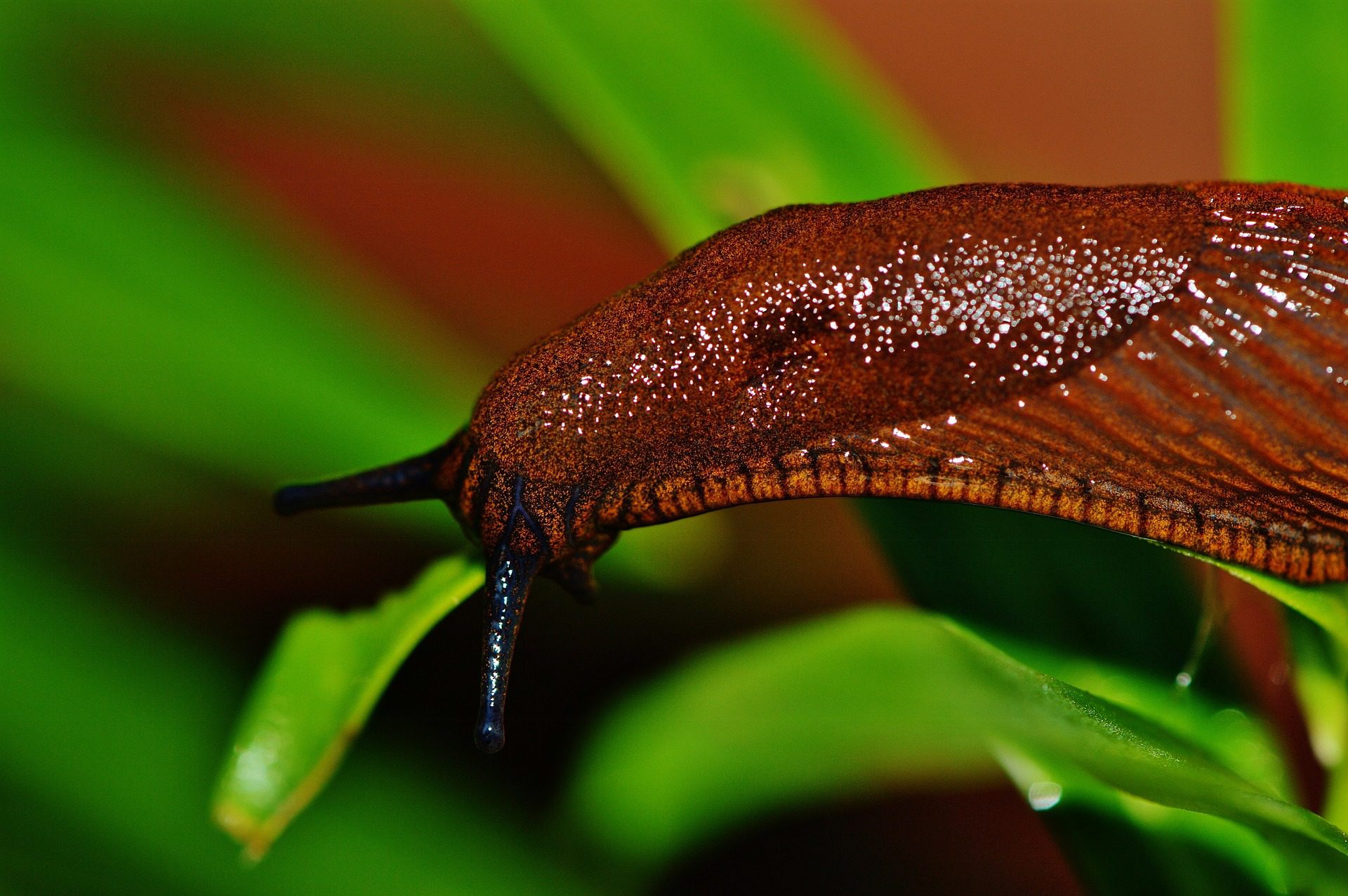
Finally, it’s important to consider your local environment – so think outside your fence posts. Garden pests are a huge pain for gardeners but there are plenty of ways to take preventative measures. If you know that your area is prone to certain pests (be they plant or animal), choose plants that are known for being resistant to them. This way your flowerbed will stay healthy for longer and you won’t need to worry about pesky bugs and creatures destroying your hard work.

